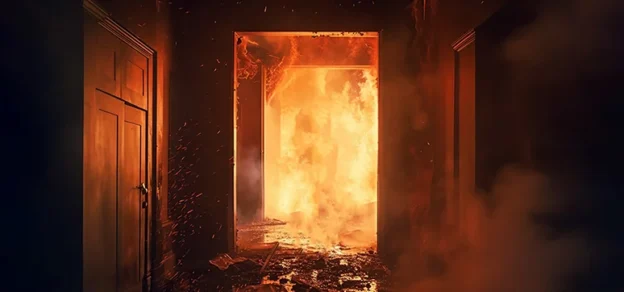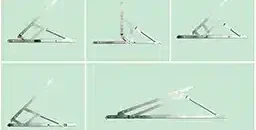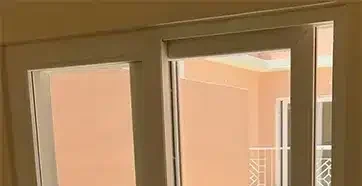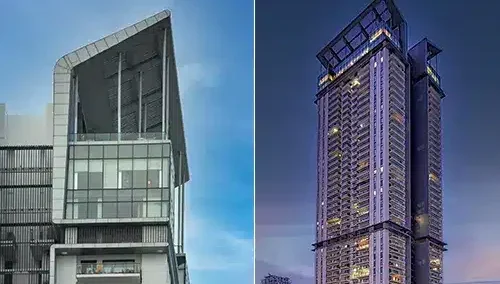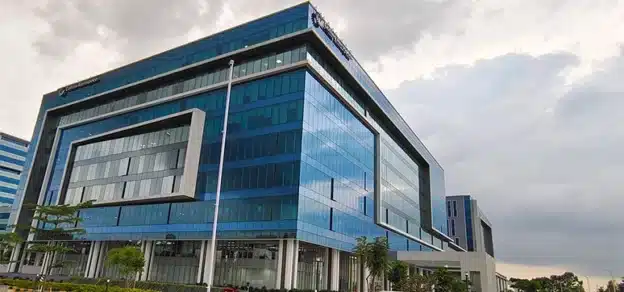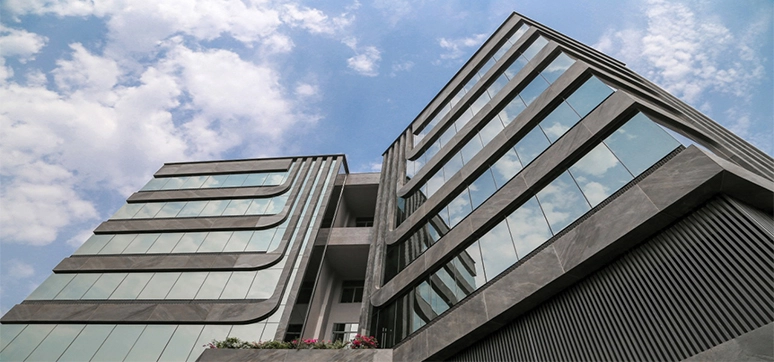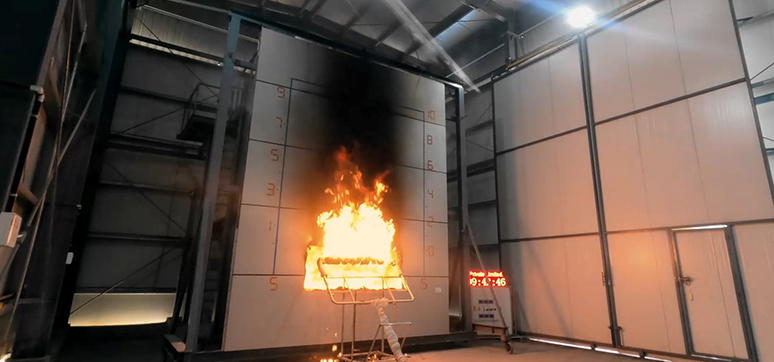With the steep growth in high-rise buildings across India, the need for specialised agencies & professionals to design façade systems has also grown over the decades. These specialised agencies & professionals are a part of the project planning to share their expertise on how the façade system being Conceived, Designed, Installed, Inspected and maintained for the project; for its structural stability, water resistivity, energy efficiency and also to enable it to accommodate the seismic and live load movements which act on the superstructure.
In due course of moving along with and in line with the timelines of the project, the basic test is often neglected and are taken by the face value of the supplier, these can be categorised as destructive and non-destructive tests These are generally tested at the Third-Party Test Laboratory. Why should the processed glass used for façades in a project be tested by a third party laboratory?
One of the major components which play a vital role in the performance of the façade is the glass. These processed glass panels can be either toughened or heat strengthened and may be used as either single, double glazed or laminated form. The performance of the processed glass being used needs to be in line with the parameters specified by the façade consultant and as per IS 7004 and this is also the requirement as per the NBC 2016.
Non-Destructive Testing
• Thickness Test: The thickness of the glass shall be measured as per the test method in IS17004 clause 5.1:2018. The glass sample shall meet the criteria as per IS 2553 Part – 1: 2018 & IS 14900
• Dimension and Squareness Test: The dimension and squareness of the glass shall be measured as per the test method in IS2553 (part1) clause 5.2.2:2018 the glass sample shall meet the criteria as per IS 2553 Part – 1: 2018 & IS 14900.
• Overall bow: The overall bow of the glass shall be measured as per the test method in IS17004 clause 5.2:2018. The glass sample shall meet the criteria as per IS 2553 Part – 1: 2018 & IS 14900.
• Roller Wave: The roller wave of the glass shall be measured as per the test method in IS17004 clause 5.3:2018. The glass sample shall meet the criteria as per IS 2553 Part – 1: 2018 & IS 14900.
• Edge Lift: The roller wave of the glass shall be measured as per the test method in IS17004 clause 5.4:2018. The glass sample shall meet the criteria as per IS 2553 Part – 1: 2018 & IS 14900.
• Surface Compression: The stress induced by the glass shall be measured as per the test method in IS17004 clause 6.5:2018. The glass sample shall meet the criteria as per IS 2553 Part – 1: 2018 & IS 14900.
• Direction of Draw: The direction of draw of the sample is tested for the customer to understand how the float glass came out of the melting furnace and is being used in façade and fenestration systems.
If all the glasses have met the requirement of the tests mentioned above, then the testing has proceeded to destructive tests using the same glass samples.
Destructive Testing
• Fragmentation test: The fragmentation of the glass shall be measured as per the test method in IS17004 clause 6.1:2018. The glass sample shall meet the criteria as per IS 2553 Part – 1: 2018 & IS 17004.
• Four-point bending test (Optional): The bending strength of the glass shall be measured as per the test method in IS17004 clause 6.3:2018. The glass sample shall meet the criteria as per IS 2553 Part – 1: 2018 & IS 17004.
Image Credits: Freepik



